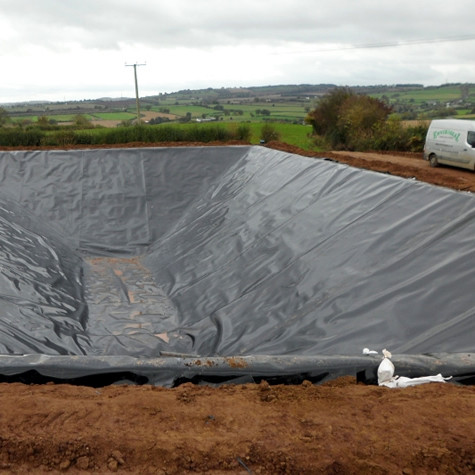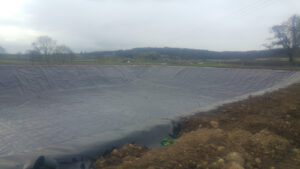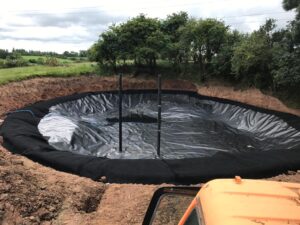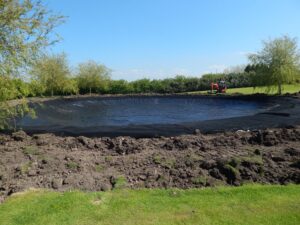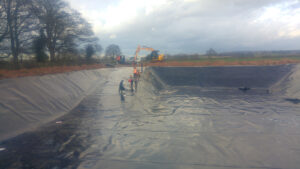In the realm of agriculture, slurry lagoons serve as indispensable components for the storage and management of agricultural by-products. These lagoons are engineered systems designed to contain and process slurries—a mixture of liquids, solids, and semi-solids—derived from livestock waste, ensuring efficient waste management while minimising environmental impact.
Understanding Slurry Lagoons
Slurry lagoons, also known as storage tanks or pits, are constructed to hold slurries produced on farms, typically from animal waste or agricultural runoff. These systems provide a controlled environment for the containment, treatment, and sometimes the conversion of organic matter into valuable resources like fertiliser or biogas.
Importance of Slurry Lagoons
Waste Management
One of the primary functions of slurry lagoons is to effectively manage agricultural waste. By storing slurries in controlled environments, these lagoons prevent the runoff of potentially harmful substances into waterways, reducing pollution and protecting ecosystems.
Nutrient Recycling
Slurry lagoons facilitate the recycling of nutrients present in animal waste. Through appropriate treatment processes, the nutrients can be repurposed as fertilisers, providing a sustainable and environmentally friendly approach to agriculture.
Renewable Energy Generation
Some slurry lagoons are equipped with systems that harness biogas—a by-product of the decomposition of organic matter within the slurry. This biogas can be utilised as a renewable energy source for heating or generating electricity.
Components of a Slurry Lagoon
Lining System
An impermeable lining, often made of materials like concrete, clay, or geomembranes, is crucial in preventing seepage of liquids into the surrounding soil. This lining maintains the integrity of the lagoon and protects against environmental contamination
Inlet and Outlet Structures
Properly designed inlet and outlet structures allow for the controlled entry and exit of slurries. These structures help regulate the flow, facilitating treatment processes and ensuring efficient management of the lagoon.
Aeration and Mixing Systems
Some advanced slurry lagoons incorporate aeration or mixing systems to enhance the breakdown of organic matter, promoting decomposition and reducing odours.
Construction and Maintenance
Professional Construction
Expert construction is vital for the successful establishment of slurry lagoons. Precise engineering and adherence to regulations ensure the structural integrity and functionality of the lagoon.
Routine Maintenance
Regular inspections and maintenance activities, such as removing accumulated solids or repairing any damages to the lining, are essential for the efficient operation of slurry lagoons.
Conclusion
Slurry lagoons play a crucial role in modern agricultural practices, providing a systematic approach to managing agricultural by-products while minimising environmental impact. Their significance in waste management, nutrient recycling, and renewable energy generation underscores their importance in sustainable farming practices.
By employing proper construction techniques, incorporating effective components, and conducting regular maintenance, farmers can optimise the functionality of slurry lagoons. These systems not only contribute to responsible waste management but also support the agricultural sector in adopting more sustainable and environmentally conscious practices.

